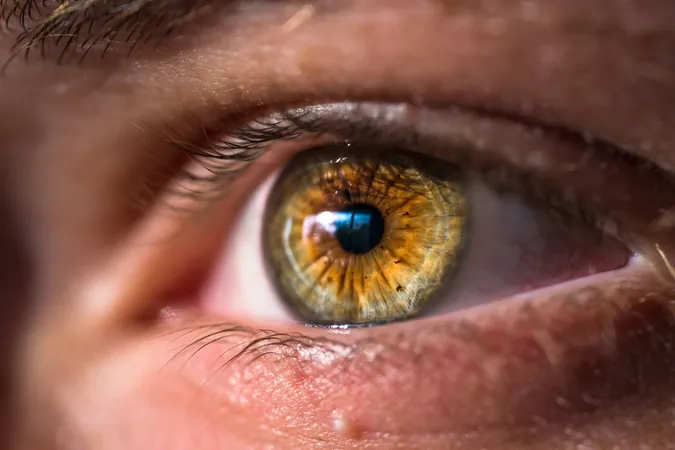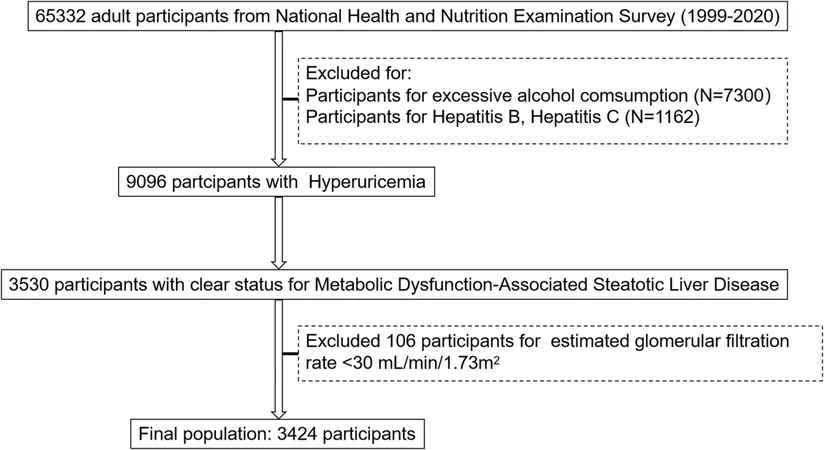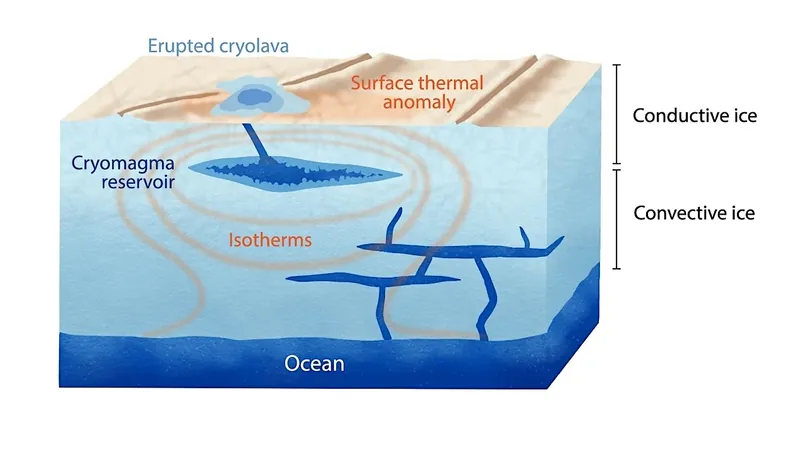
Unlocking Elite Performance: How a Steady Gaze Can Transform Your Game
2025-04-02
Author: Daniel
In sports and various high-stakes situations, the ability to maintain focus often separates the good from the great. This idea was famously explored by writer John McPhee in his reflections on basketball legend Bill Bradley, who, according to McPhee, relied heavily on his extraordinary vision rather than just physical prowess.
Recent research from Matthew Robison at the University of Notre Dame supports this notion, highlighting a concept he terms "quiet eye." In his groundbreaking study, now available as a pre-print on PsyArXiv, Robison examines how a steady and focused gaze correlates with superior performance across various tasks.
Using cutting-edge technology including precision instruments capable of capturing eye movements at an astonishing 250 frames per second, Robison has delved deep into the language of eye dynamics. This high-resolution analysis reveals insightful connections between eye behavior and cognitive engagement. For instance, even subtle movements or pupil dilation can signal distractions or cognitive load without any outward change in facial expression.
Robison's interest in "quiet eye" was inspired by applied sports psychology practices that suggest athletes should focus their gaze on a particular spot—be it the back of a golf ball or a target on the basketball rim—before executing a crucial action. This technique may seem intuitive, yet its underlying mechanisms had not been fully understood—until now.
In his experiments involving nearly 400 participants, Robison discovered that those who maintained a steady gaze before tackling a task executed it with enhanced speed and accuracy. This phenomenon, referred to as "quiet eye," emphasizes the importance of focused attention over mere stillness. Essentially, a "quiet eye" is not just about a lack of movement; it’s about being acutely aware, resisting distractions, and being mentally prepared.
The implications of Robison's findings are far-reaching. He is embarking on a three-year project aimed at training individuals to cultivate a steadier gaze, thereby enhancing their performance in various demanding activities, from sports to academics. Robison envisions a world where anyone can develop this skill, ultimately leading to improved attention control and performance.
This research has captured the interest of various sectors, including the military. Natalie Steinhauser from the Office of Naval Research expressed excitement about the potential applications of Robison's work in optimizing warfighter performance through improved attention control and training methodologies.
As the frontier of psychological research continues to evolve, the concept of "quiet eye" might just be the secret weapon for not just athletes but anyone aiming for excellence in their respective fields. Next time you step up to the plate, prepare to hit the ball, or tackle a difficult problem, remember: a steady gaze could be your key to unlocking extraordinary performance.


 Brasil (PT)
Brasil (PT)
 Canada (EN)
Canada (EN)
 Chile (ES)
Chile (ES)
 Česko (CS)
Česko (CS)
 대한민국 (KO)
대한민국 (KO)
 España (ES)
España (ES)
 France (FR)
France (FR)
 Hong Kong (EN)
Hong Kong (EN)
 Italia (IT)
Italia (IT)
 日本 (JA)
日本 (JA)
 Magyarország (HU)
Magyarország (HU)
 Norge (NO)
Norge (NO)
 Polska (PL)
Polska (PL)
 Schweiz (DE)
Schweiz (DE)
 Singapore (EN)
Singapore (EN)
 Sverige (SV)
Sverige (SV)
 Suomi (FI)
Suomi (FI)
 Türkiye (TR)
Türkiye (TR)
 الإمارات العربية المتحدة (AR)
الإمارات العربية المتحدة (AR)